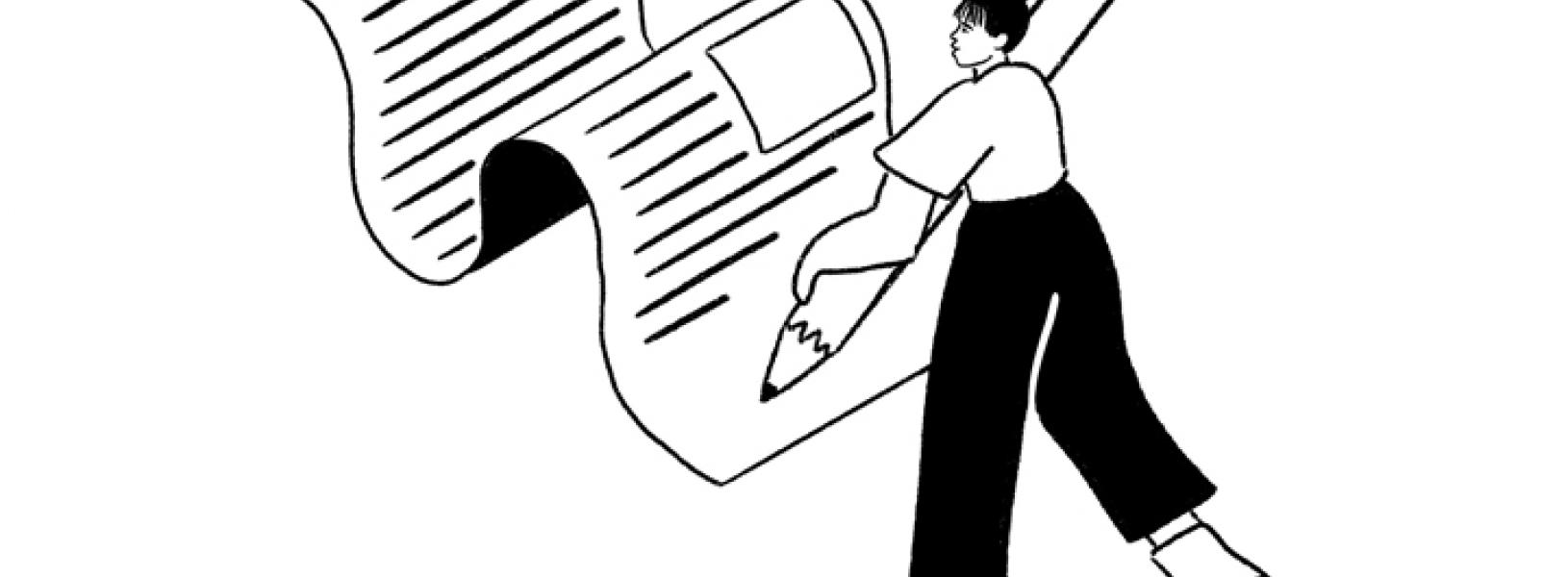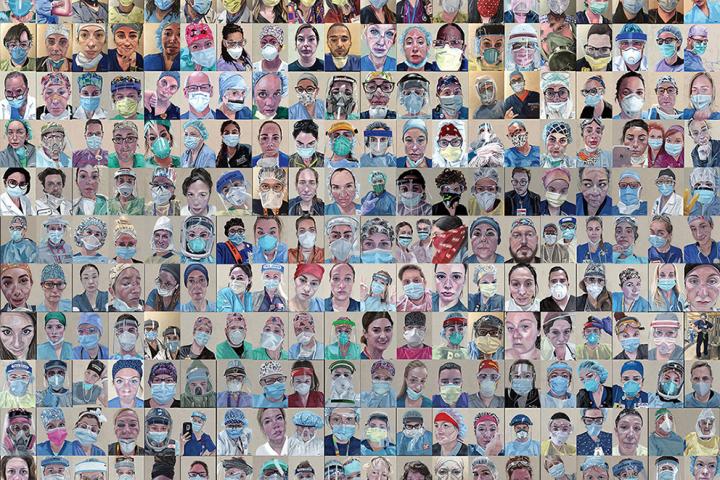In the last issue of the Queen’s Alumni Review, we asked readers to tell us about the plants and flowers that transported them to another place or time, much as Helen Humphreys wrote about how the Fowler Herbarium had taken her back in time in her new book, Field Study: Meditations on a Year at the Herbarium. We wanted to share all the entries, but so many readers wrote moving stories that touched their lives that we only had room for a few. Thank you to all who participated in our contest – we’re sharing an edited selection of entries here. And congratulations to Jane Bird (NSc’69) who has won a copy of Field Study.
Helen’s stories about plants, flowers or trees take me back to my childhood. I played outside as much as possible then. Each spring as we passed Mom’s long row of pink peonies and the sour cherry trees in blossom on the other side of the driveway, we crossed the road and entered a large field full of wild strawberries. We picked until our containers and tummies were full. Mom made lovely, tangy, and sweet wild straw-berry jam. There is nothing better than that wild berry flavour on a piece of homemade bread.
CATHIE HAMILTON, ARTSCI’87
During time spent as a teacher in Northern Quebec, I recall collecting lichens to construct a Halloween costume. Long after Halloween this scent remained on and around me. Walking and sitting on hills covered with lichen continues to bring this memory back. It is a scent that permeated my being.
LAURIE WATSON
It made me think of my mother’s beautiful climbing wisteria bush that grew over and around her garage door and that I trimmed for her each year when I was visiting. The beautiful clumps of purple flowers amaze me still whenever I see a wisteria bush and remind me of her and her passion for her gardens (she died 10 years ago). Thanks for the memories.
ANIKO VARPALOTAI, BA/BPHE ’81, MA ’83
It is the sap from a Newfoundland black spruce tree that transports me back. I remember being about eight at the time and we were stuck at the side of a washed-out road, beside a barachois, as the fog rolled in over the beach. In order to keep me occupied while my Dad went for a tow truck, my Mom showed me the delights of “Spruce Gum.” It oozes out of the lower tree trunk in gooey boils a bit like frankincense. We scraped it off, trying not to get our hands and clothes covered, and popped it into our mouths. I tried to keep it as a congealed bubble as it spread over my teeth. Ice-cold water from the brook helped to solidify it. It was more of a sticky lozenge, definitely not gum. But that essence of fresh spruce – what a flavour sensation!
JOHN TREZISE, SC’78
Lavender transports me to another place – a place of relaxation, of Zen, and of memories of spending quality time with my best friend, Jennifer, in the lavender fields of Quebec. It soothes me when I’m stressed, have headaches or trouble going to sleep. I carry some around with me, especially on my travels. It’s absolutely magical!
ARLETTE BOGHOSKHAN, MIR ’14
Helen Humphreys’ work at the herbarium reminded me of special times at Frontenac Park. The most magical part of that whole park was always the mysterious swamp on the Hemlock Lake loop. The amazing fungi and vines made one believe you were transported to another part of the world.
JANE BIRD, NSC’69
Cultural fabric
I always appreciate the coverage of events by the Queen’s Alumni Review, and that is true especially of the Fall 2021 issue. Among other things, it brought together two fine articles about the importance of costume and cultural history.
I offer two further links between these articles to the story of costume, displacement, and refuge in Canada. First, the work of distinguished historian Margaret Angus, LL. D., for many years the founding Curator of the Queen’s University Collection of Canadian Dress – an underlying source of these two exhibits. And second, the diligent work of maintaining the Queen’s costume collection by German immigrant Erdmute Waldhauer, who published a history of Kingston’s Grand Theatre. The important work of these two women over many years is part of the cultural fabric we celebrate today. The threads of costume history (and refuge) at Queen’s are very long ones.
RICHARD TROUSDELL, PROFESSOR EMERITUS OF THEATRE, UMASSAMHERST (QUEEN’S DRAMA, 1967-78)


